Remarque: Ce produit n’est pas un complément alimentaire. Ce produit est uniquement destiné à des fins de recherche et n’est pas destiné à la consommation.
DMHA
Le DMHA est une substance connue pour son effet stimulant potentiel. Le DMHA est très similaire au DMAA et au citrate d’AMP. En conséquence, cette substance est associée à une gamme d’effets.
Le DMHA est également connu sous les noms suivants:
2-Amino-6-méthylheptane
2-Amino-5-méthylheptane
2-Aminoisohéptane
Octodrine
1,5-Diméthylhexylamine
1,5-DMHA
Informations sur le DMHA
CAS: 543-82-8
MF: C8H20ClN
Pureté: ≥99%
Fonctions du DMHA
Le DMHA est une substance principalement connue pour son effet stimulant. En raison de sa similarité avec le DMAA, cette substance est associée à une gamme d’effets [1][2][3][4][5][6][7][8][9][10].
D’où vient le DMHA ?
Ce stimulant se trouve dans la nature, mais il est également fabriqué synthétiquement. Dans la nature, il est présent dans l’écorce de l’arbre Juglans Regia et dans le fruit de l’arbre Kigelia Africana.
Références
- Wang, M., et al. (2018). “1,5-Dimethylhexylamine (octodrine) in sports and weight loss supplements: Natural constituent or synthetic chemical?” Journal of pharmaceutical and biomedical analysis 152: 298-305.
- Catalani, V., et al. (2018). “Octodrine: New Questions and Challenges in Sport Supplements.” Brain sciences 8(2): 34.
- Dreher, M., et al. (2018). “Boost Me: Prevalence and Reasons for the Use of Stimulant Containing Pre Workout Supplements Among Fitness Studio Visitors in Mainz (Germany).” Frontiers in psychology 9: 1134-1134.
- National Museum of American History. Eskay’s Oralator. Retrieved from: https://americanhistory.si.edu/collections/search/object/nmah_737864
- Millan, M. J. (2004). “The role of monoamines in the actions of established and “novel” antidepressant agents: a critical review.” European Journal of Pharmacology 500(1): 371-384.
- Fleckenstein, A. E., et al. (2007). “New Insights into the Mechanism of Action of Amphetamines.” Annual Review of Pharmacology and Toxicology 47(1): 681-698.
- Wise, R. A. and M. A. Bozarth (1985). “Brain mechanisms of drug reward and euphoria.” Psychiatric medicine 3(4): 445-460.
- Hutcheon, D. E. and L. McCullough (1952). “The respiratory stimulant action of octylamines.” British journal of pharmacology and chemotherapy 7(1): 42-46.
- dmaa toxicology report. Retrieved from: https://www.docdroid.net/nfY14Ox/dmaa-toxicology-report.pdf
- Cohen, P. A., et al. (2018). “Four experimental stimulants found in sports and weight loss supplements: 2-amino-6-methylheptane (octodrine), 1,4-dimethylamylamine (1,4-DMAA), 1,3-dimethylamylamine (1,3-DMAA) and 1,3-dimethylbutylamine (1,3-DMBA).” Clinical Toxicology 56(6): 421-426.
Auteur
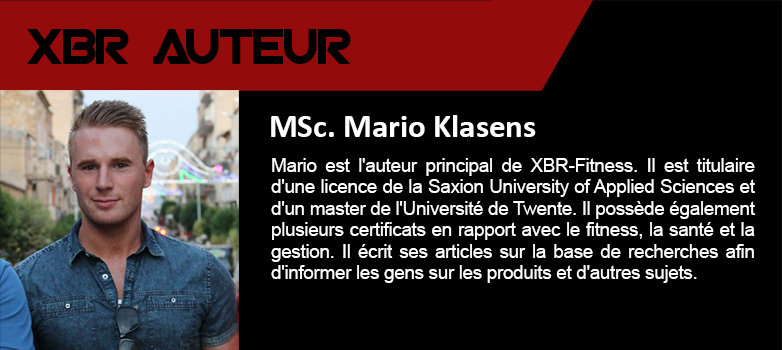
| Poids | ND |
|---|---|
| Ingrédient | DMHA (2-amino-6-méthylheptane) 99% |
| Avertissement | Ce produit n'est pas un complément alimentaire. Ce produit est uniquement destiné à des fins de recherche et n'est pas destiné à la consommation. Gardez hors de portée des enfants. |

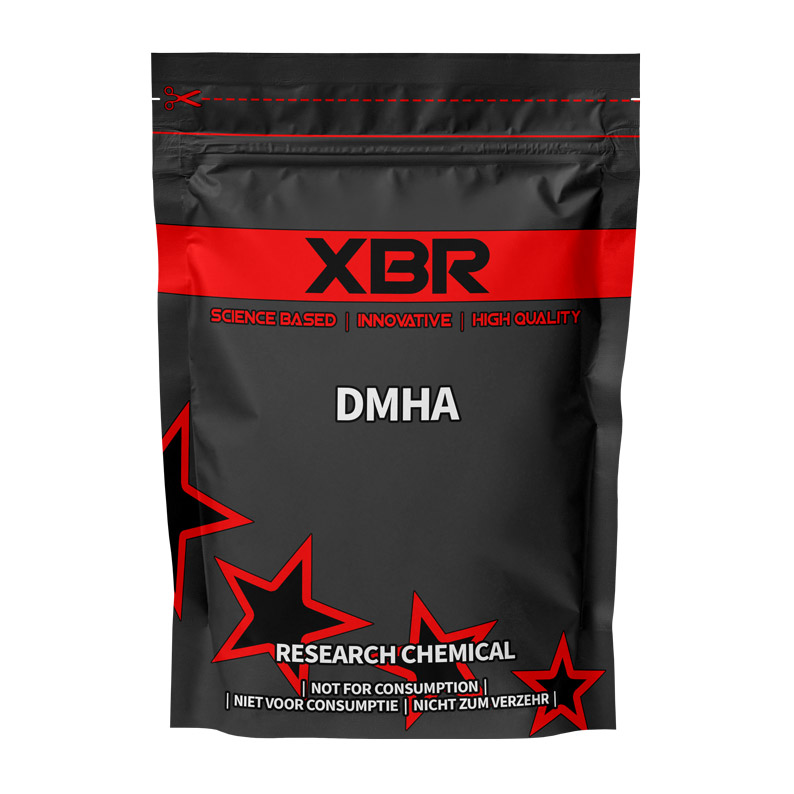
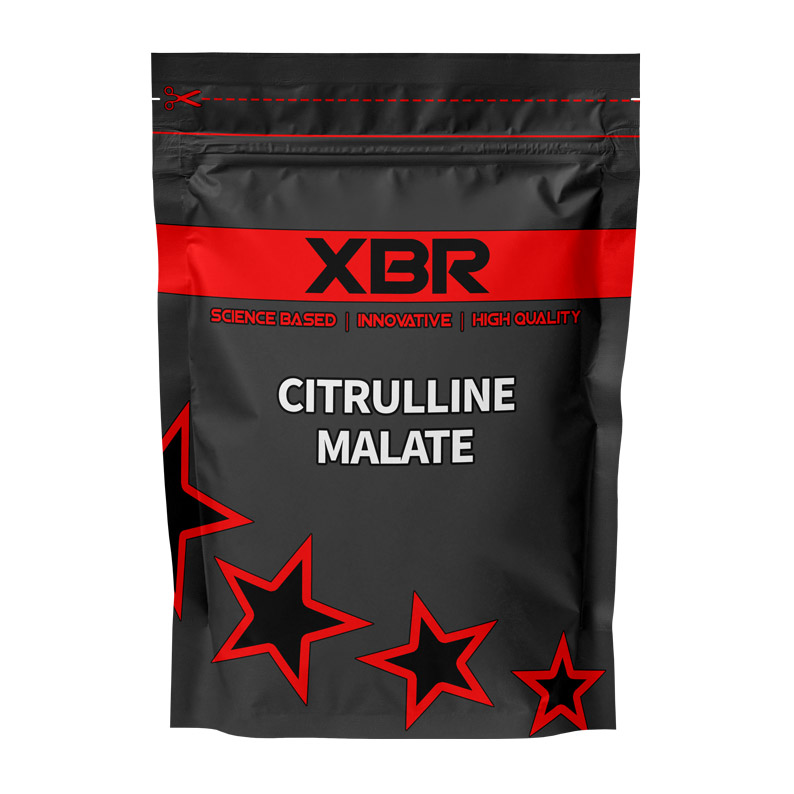
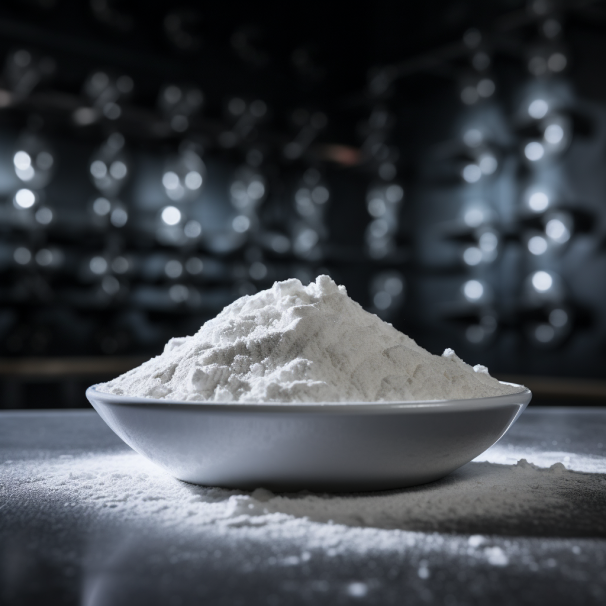
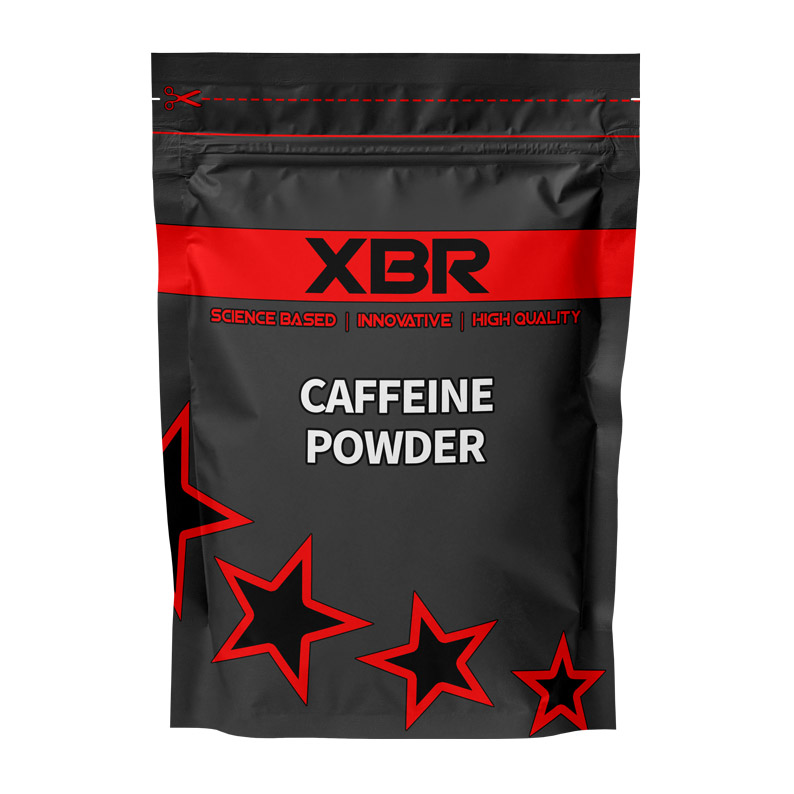
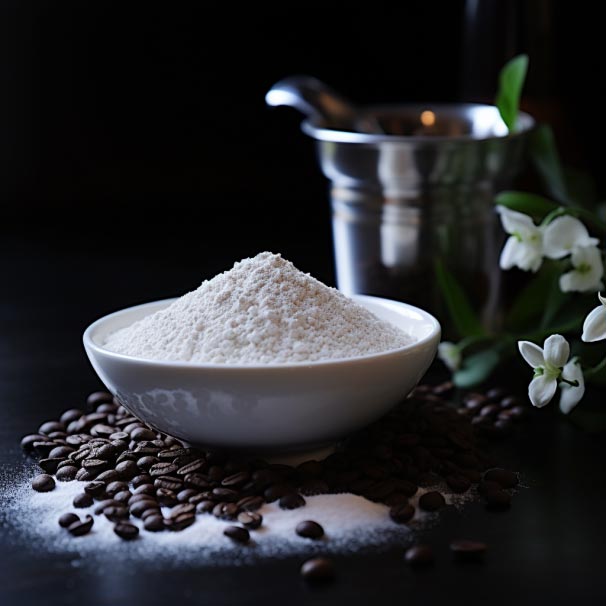
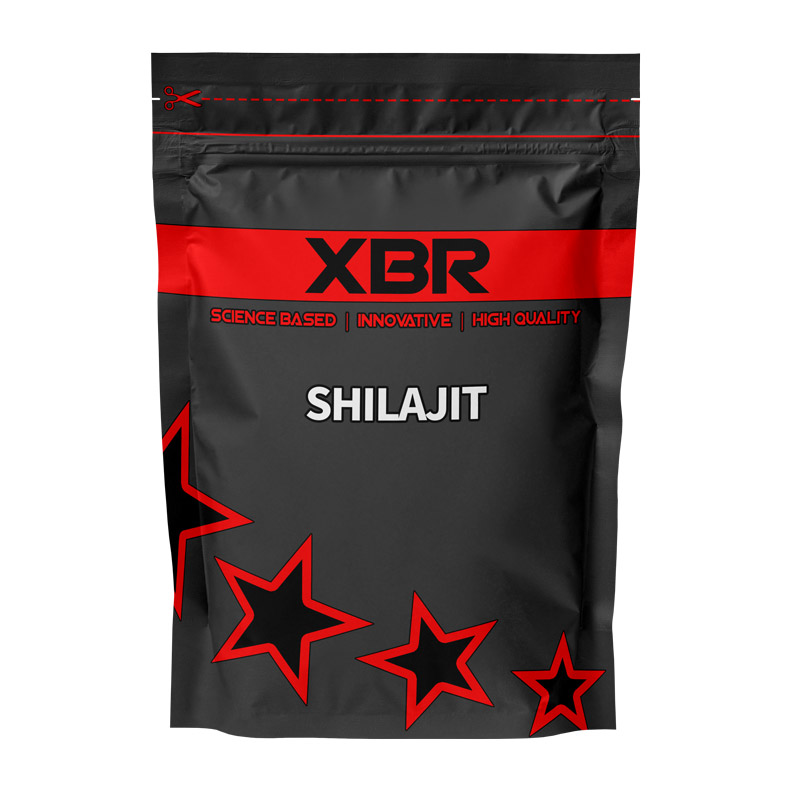
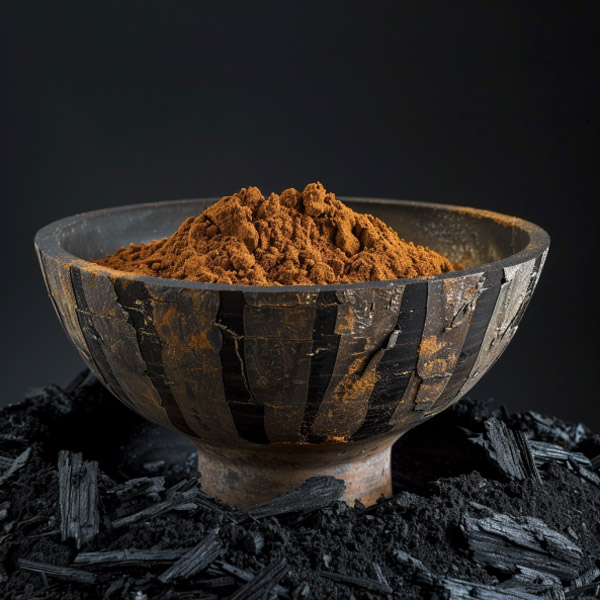
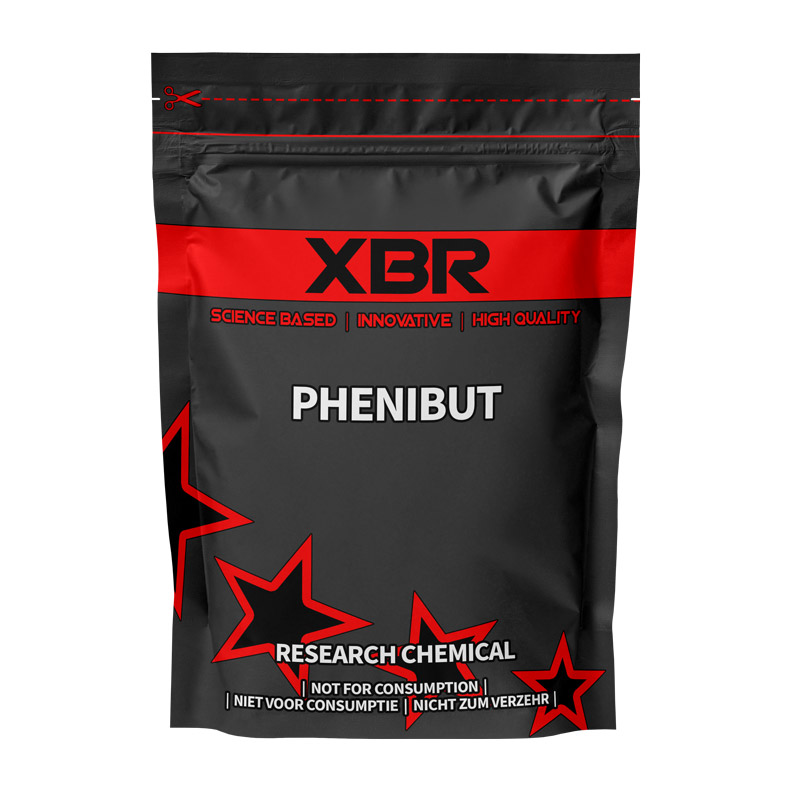
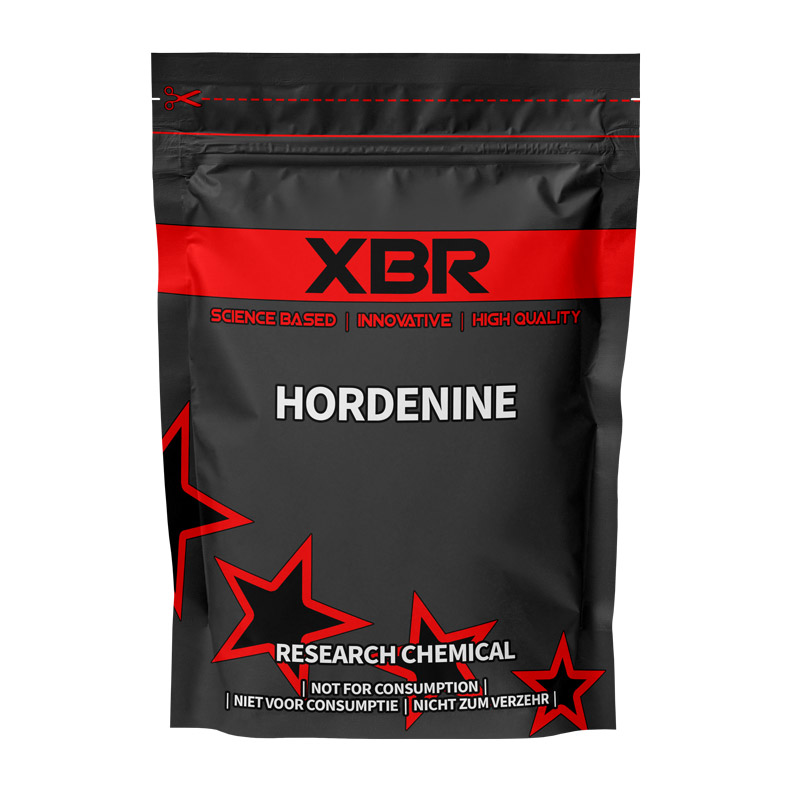
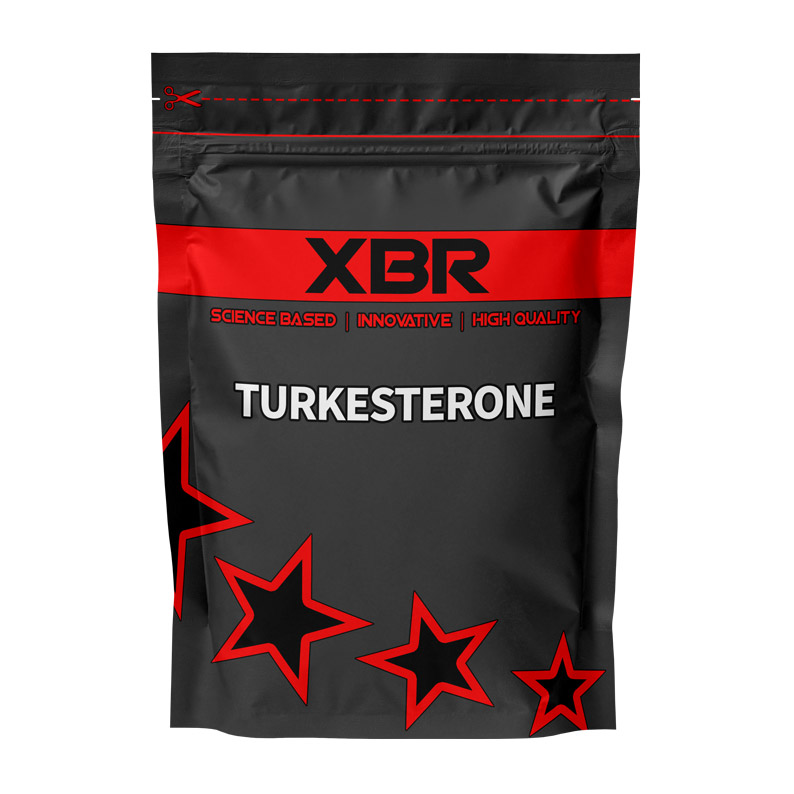
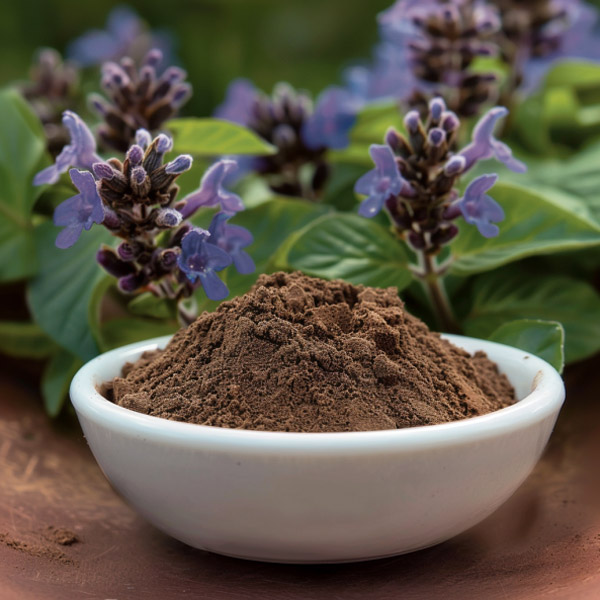
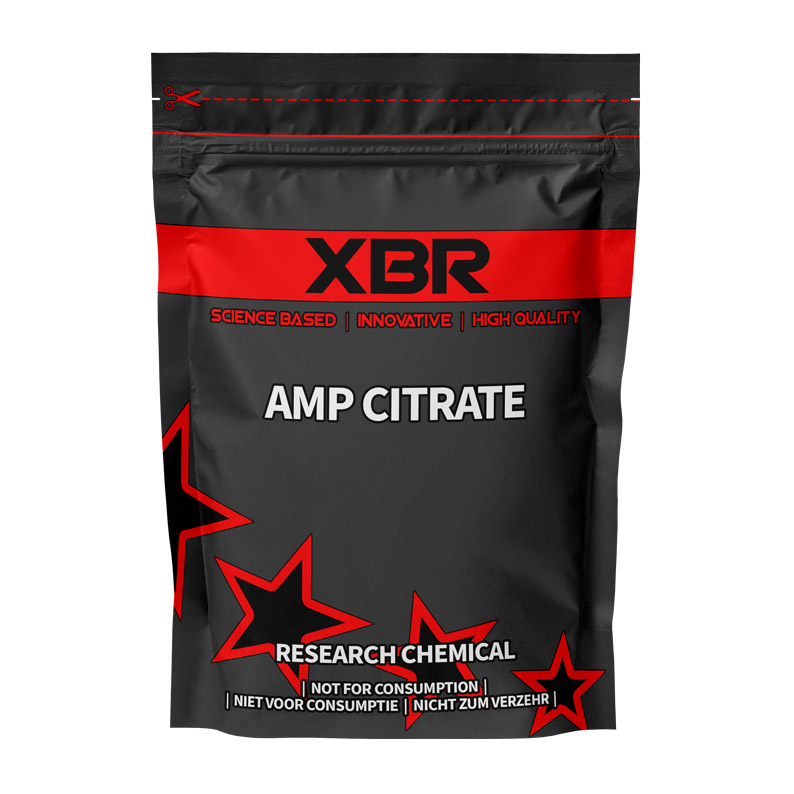
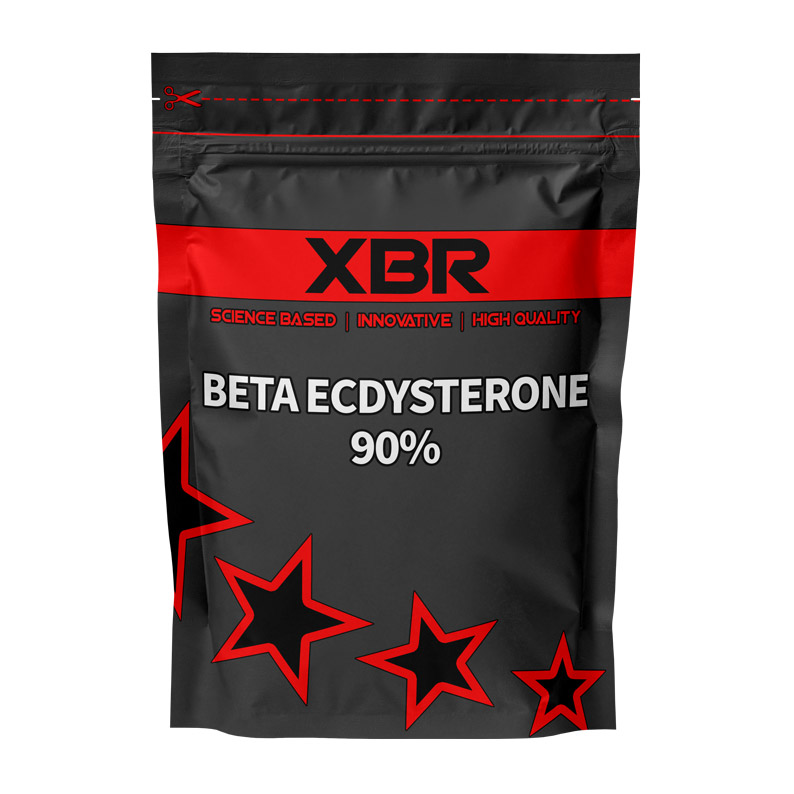
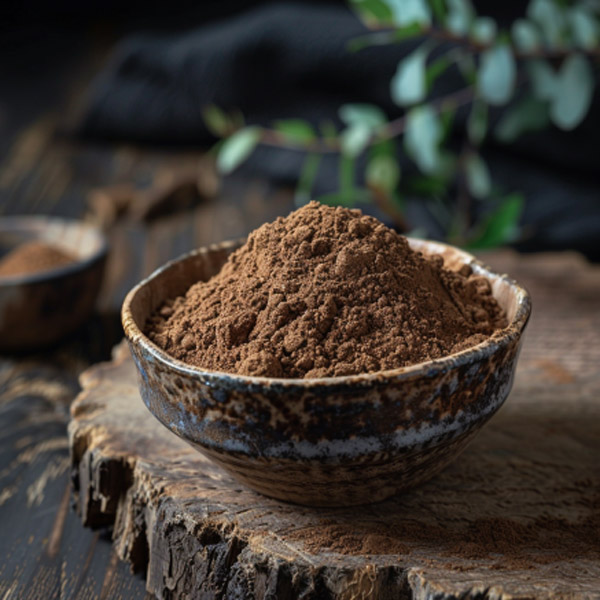
Avis
Il n’y a pas encore d’avis.